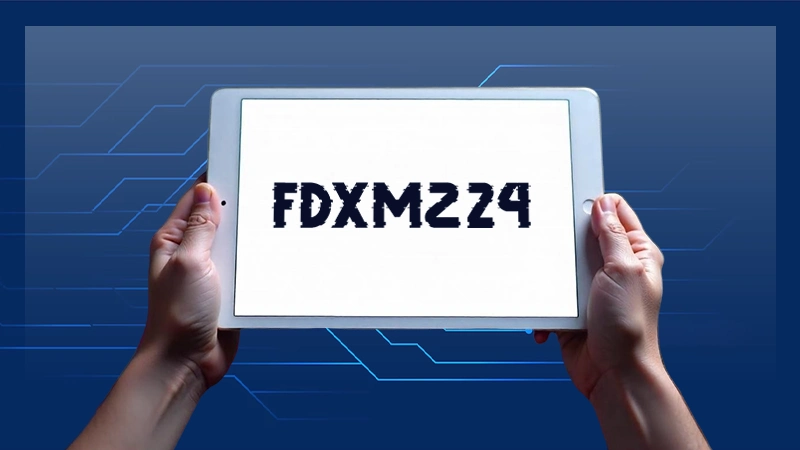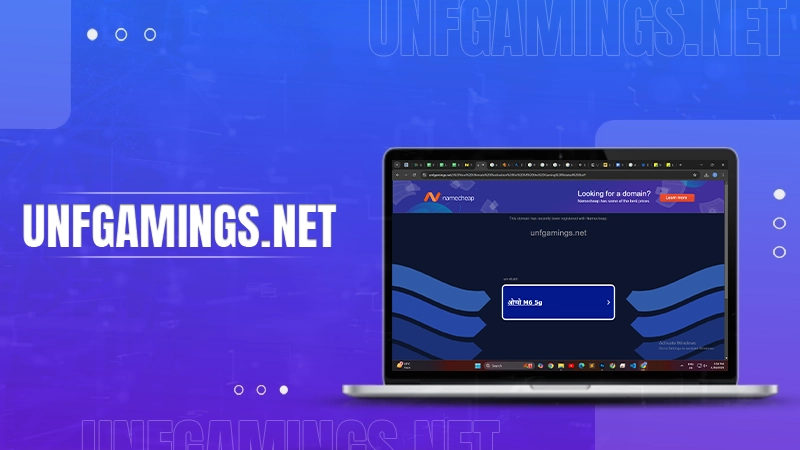Wired for Success: The Role of Energy Software in Modern Utilities
Introduction
In the light of the fast-changing energy arena, modern utilities are facing totally new difficulties in producing necessary power volumes in a sustainable and energy-efficient manner. At the very center of this transformation is the integration of cutting-edge technology, mostly energy software, which is of paramount importance in terms of bringing efficiency to operations, increasing grid reliability, and providing consumers with more power. This paper explores the complex role of energy software in a modern utility system, addressing its importance, applications, and influence in the energy industry.
The Evolution of Energy Software
Previously, utilities have used either what could be called manual processes and outdated systems to govern the production, transmitting, and usage of energy. Nevertheless, the fact that digital and the Internet of Things (IoT) devices have come on stream has unleashed new possibilities for innovation wherein utilities can use complex software technology to manage operations effectively and be responsive to challenges associated with the energy market in particular.
Energy software encompasses a wide range of applications, including:
- Grid Management: Software energy features control and monitoring of the grid in real-time helping in generation scheduling, voltage controlling and stability assurance during power grids. Sophisticated algorithms through analyzing meter readings, sensors and other smart devices to spot inconsistencies and forecast failures are core functions to prognosis maintenance and top notch unit management.
- Renewable Integration: The advent of renewable energy and its services as wind and solar has forced grids to integrate intermittent generation sources into them. As a result, the software tools that facilitate this process are needed by the utility. Renewable energy softwaretools facilitate forecasting renewable energy output, grid balancing, and coordination of distributed energy resources (DERs). Such tools contribute to a stable and efficient operation of renewable energy systems in the setting of cleaner environment.
- Demand Response:The main impact of energy software in the demand response programs, which aim to encourage people to limit their energy consumption during peak hours is that it is useful. By enabling real-time visibility and real-time controls, electric utilities can improve demand response strategies through automatic load shedding (controlling total load by limiting the usage of non-critical consumers) during peak times, which helps to reduce peak demand and relieve strain on the grid, leading to lower costs and a more reliable grid.
- Customer Engagement: Utilities are trying to in today’s smart technology and obtain energy applications to upgrade customer engagement and satisfaction. This concise summary shows how user-friendly platforms allow end-users to track their energy usage, determine preferences, and voluntarily join the program to save energy. Consumers get powerfully informed to take meaningful action and personalized advice which in turn make energy conservation and sustainability culture develop which is more significant.
Benefits of Energy Software:
The adoption of energy software offers numerous benefits to utilities, consumers, and society as a whole:The adoption of energy software offers numerous benefits to utilities, consumers, and society as a whole:
- Operational Efficiency: Among these, energy software streamlines mundane workflows, enhances asset efficiency, and guides data-driven decisions-all these features lead to improved efficiency of power supply, cost reductions, and stronger grid dependability.
- Sustainability: An Energy software is made possible by renewables like wind and solar to be integrated, demand side management to be used and greenhouse gases to be cut polluting the environment and the climate change to be controlled.
- Resilience: At a time when climate change-related events become more frequent and they turn more forceful, the software for energy management allows to react right away to power interruptions, to optimize the distribution of resources and to facilitate cooperation among the involved parties.
- Empowerment: This software enables users to use interfaces which are user friendly and work with custom tools that facilitate a transition from an energy consuming population to a population that plays an active role in the process to transition to sustainable energy.
Challenges and Future Directions
The power sector lighting up with energy software certainly has great potential but overcoming related issues of security risks, interoperability as well as regulatory barriers is what will enable its widespread adoption. Tackling the challenges mentioned above, which entails a complete merger/cooperation by utilities , technology providers , regulators and other stakeholders so as energy software solutions can efficiently integrated and rolled out.
In the future hence it is foreseeable to expect progressive innovations and transformations in energy software systems. Innovations in such technologies as AI, blockchain, edge computing empower energy software to feature even predictability maintenance, auto managing power grid, and decentralized energy transactions.
Conclusion:
In conclusion, energy software is not merely a tool but a catalyst for transformation in the modern utility sector. By harnessing the power of data, automation, and connectivity, utilities can navigate the complexities of the energy landscape, optimize performance, and pave the way for a sustainable and resilient energy future.









